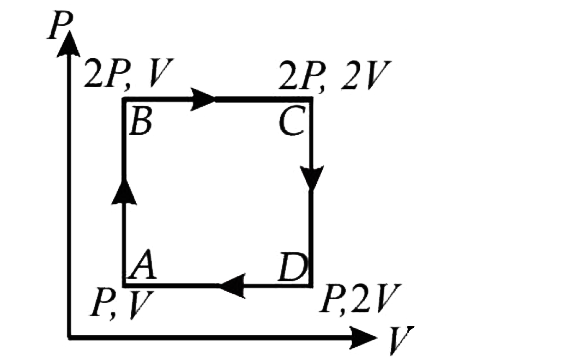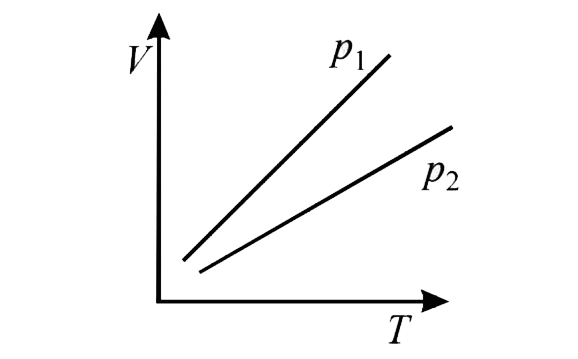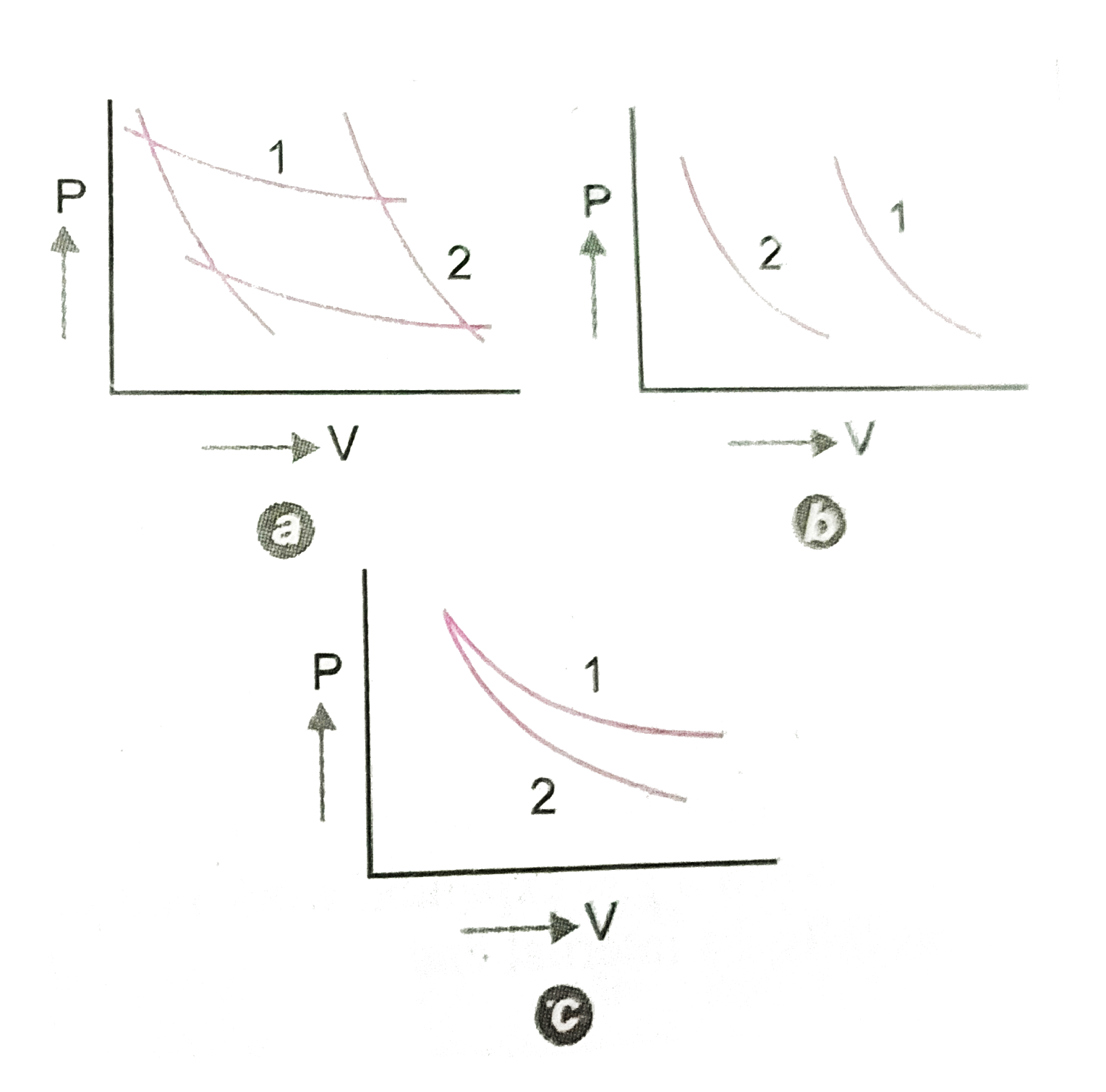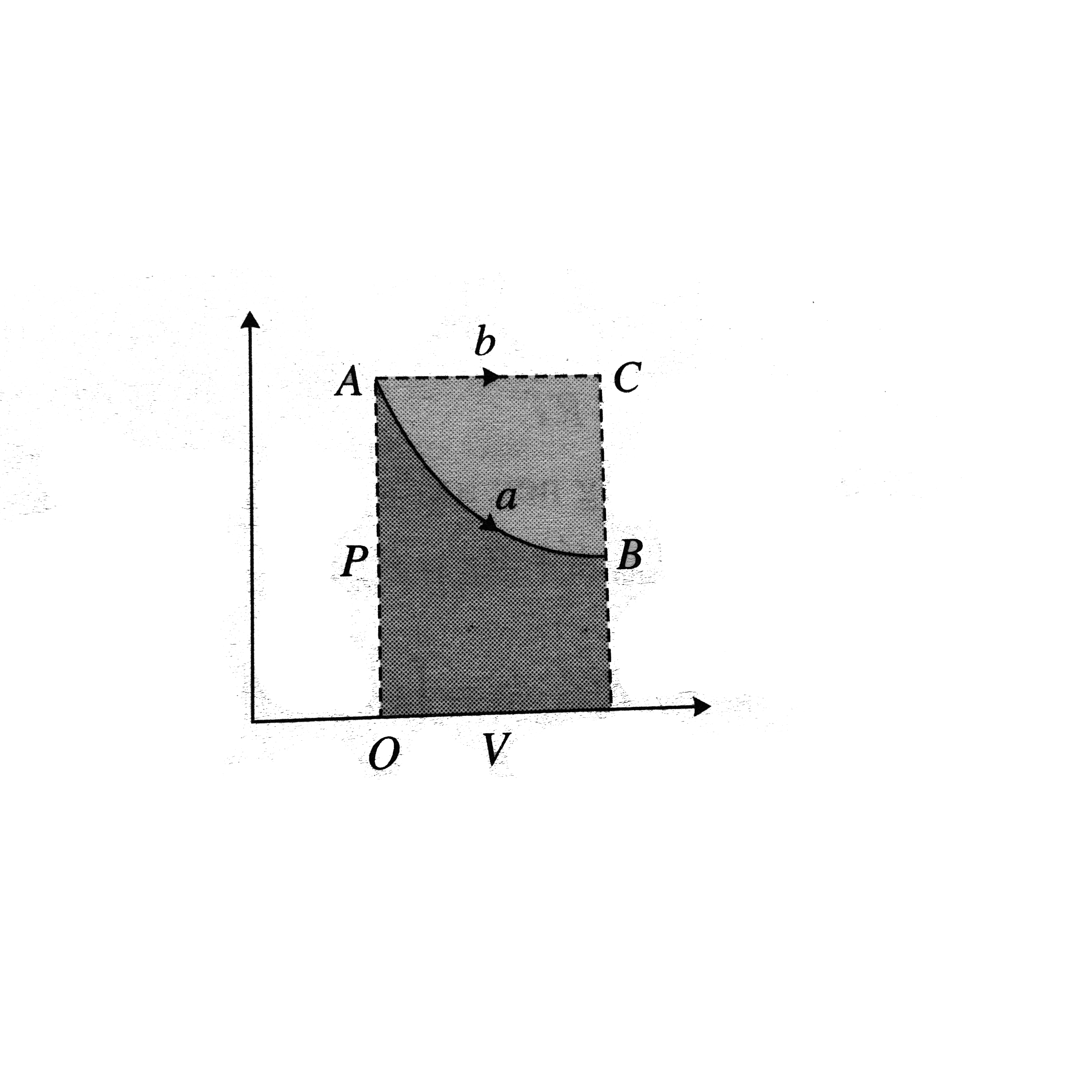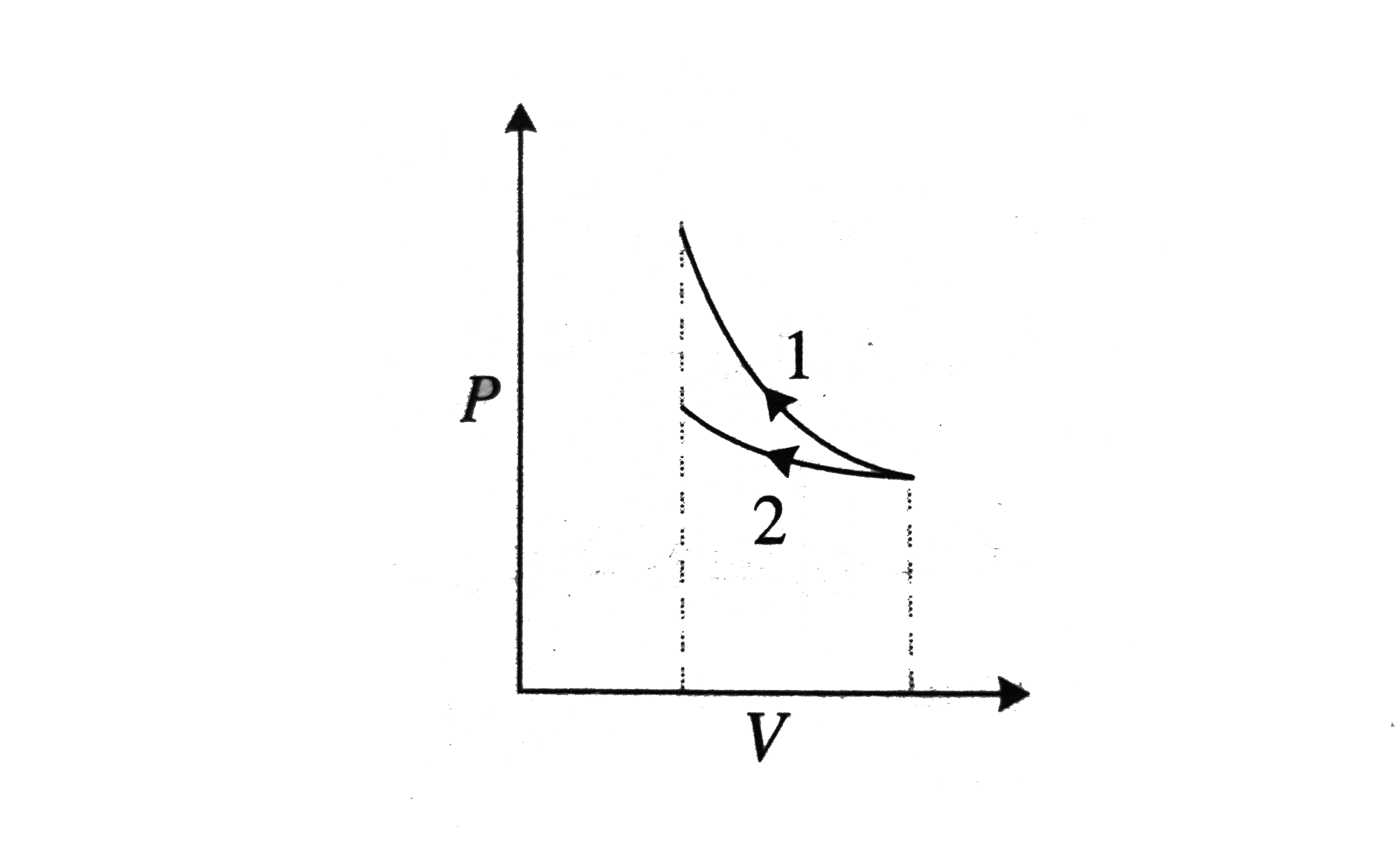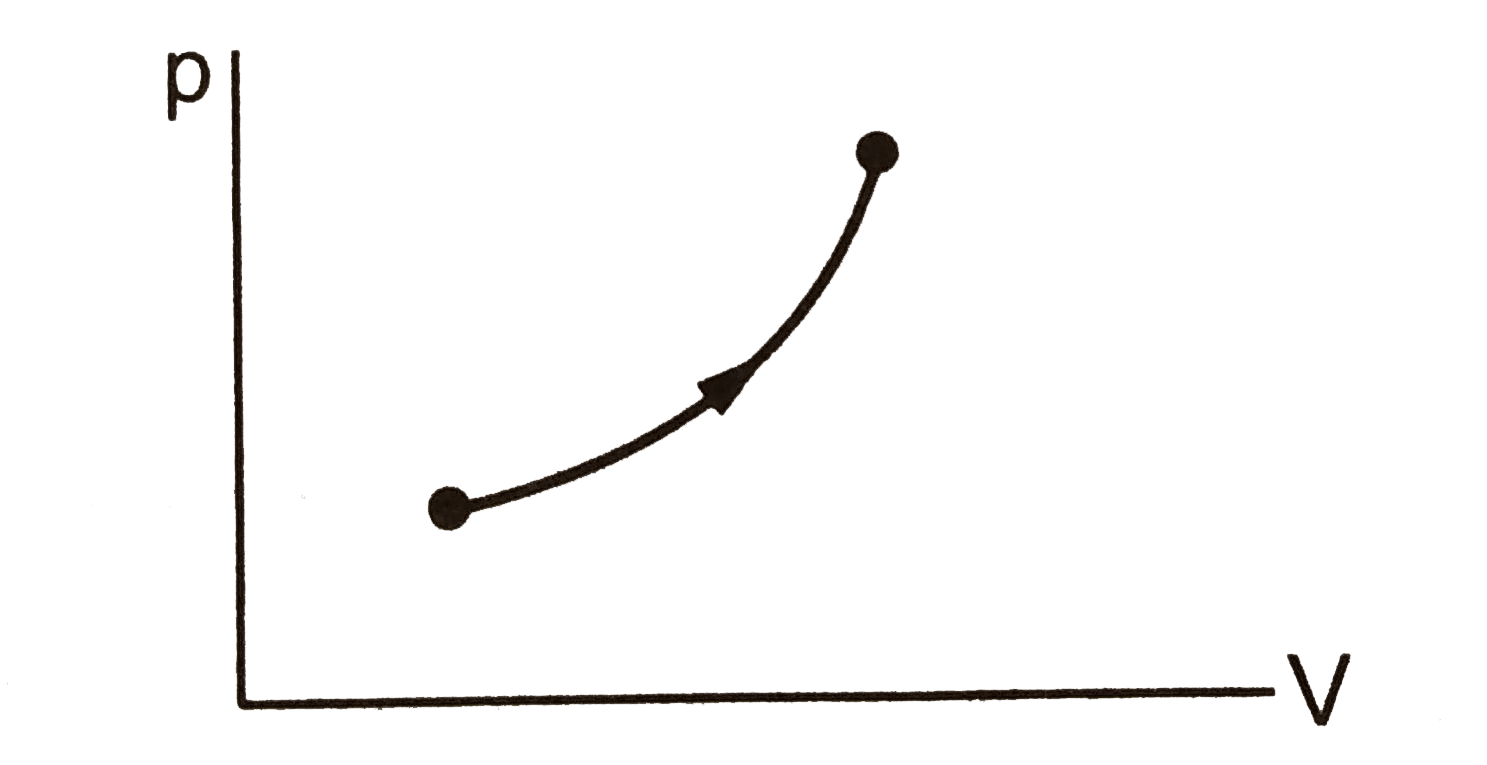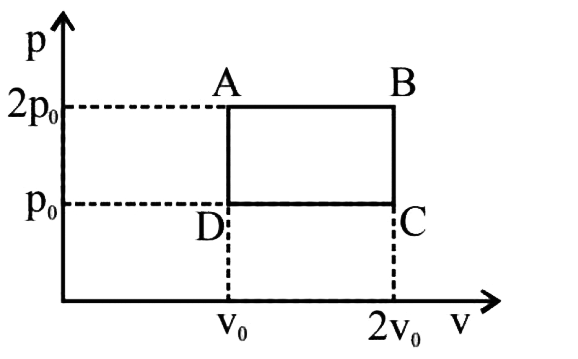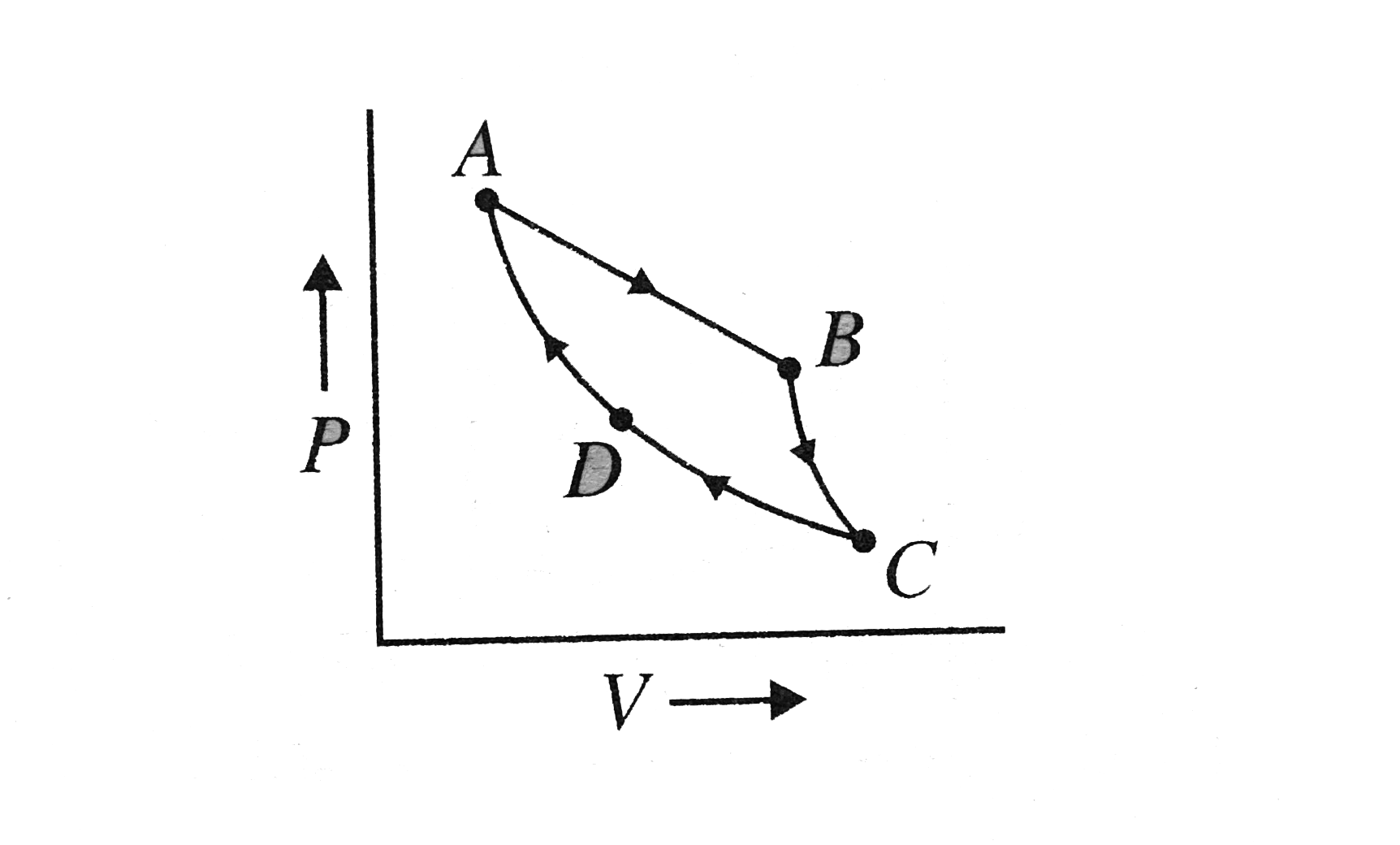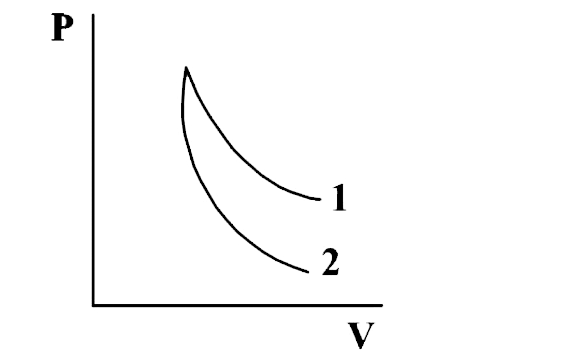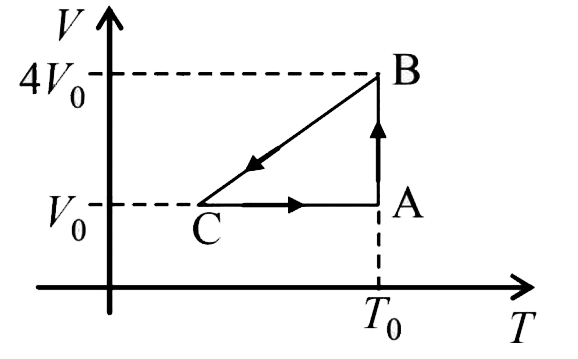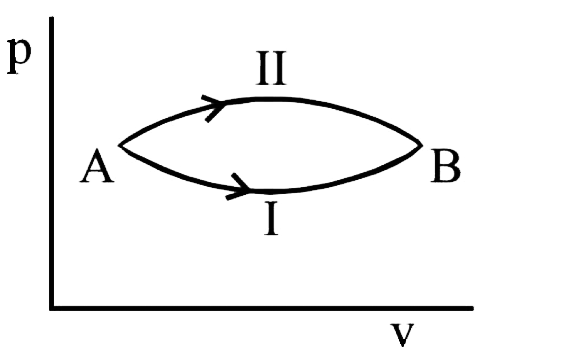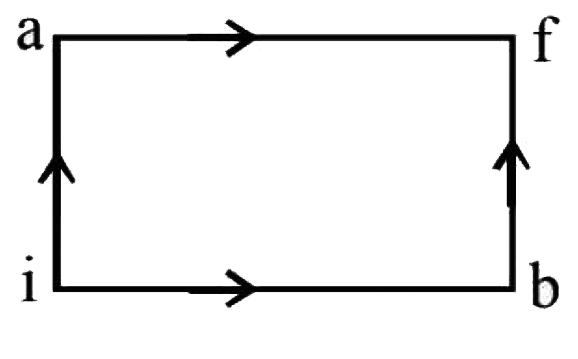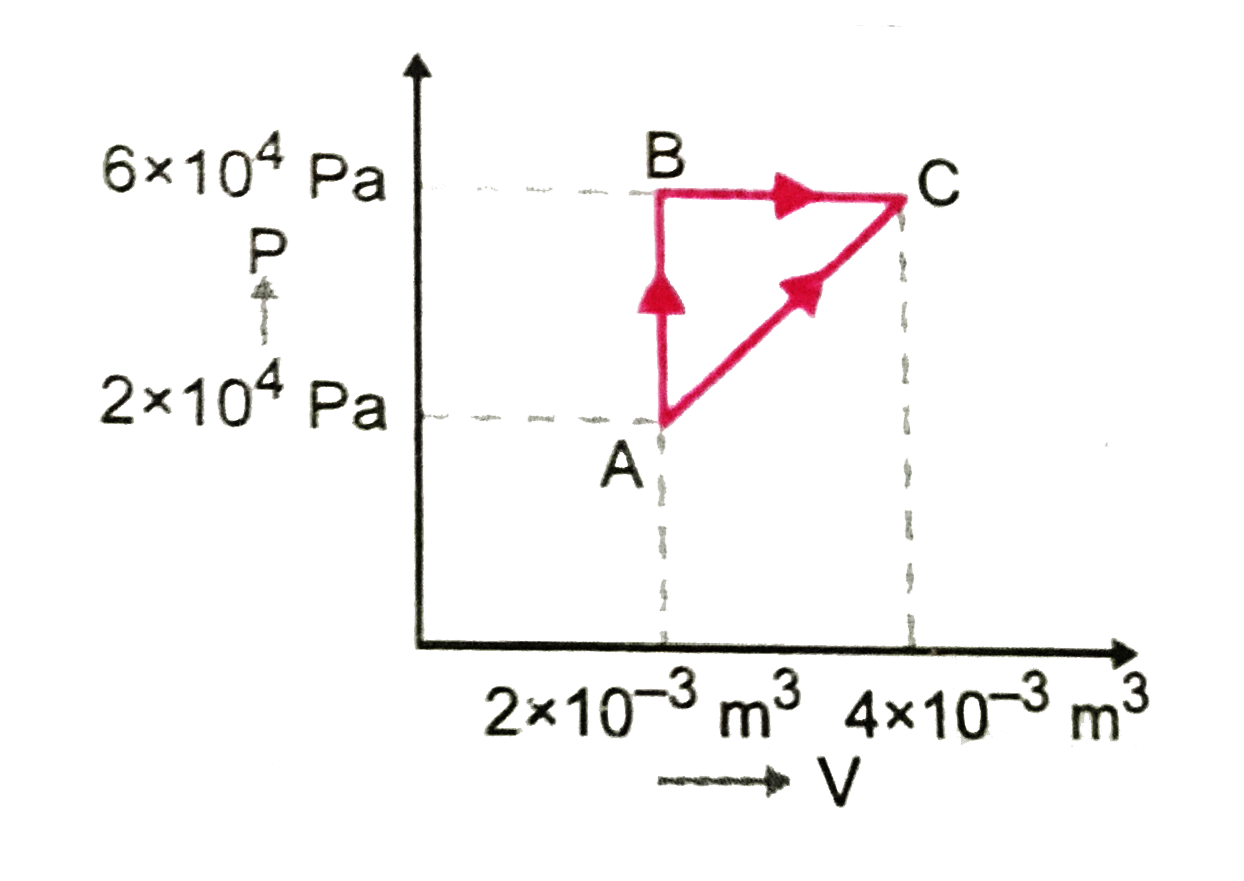Exercise from DHANPAT RAI & CO PHYSICS Chapter 23 THERMODYNAMICS for Class 11
| Class 11 | PHYSICS |
| Chapter | THERMODYNAMICS |
| DHANPAT RAI & CO PHYSICS | Exercise |
| Medium | English |
| Academic Year | 2023-2024 |
Question 7
The internal energy of a monatomic ideal gas is 1.5nRT.One mole of helium is kept in a cylinder of cross section 8.5cm2. The cylinder is closed by a light frictionless piston. The gas is heated slowly in a process during which a total of 42J heat is given to the gas. If the temperature rise through 2∘C, find the distance moved by the piston. atmospheric pressure =100kPa.View SolutionQuestion 21
A quantity of air is kept in a container having walls which are slightly conducting. The initial temperature and volume are 270C (equal to the temperature of the surrounding) and 800cm3 respectively. Find the rise in the temperature of the gas is compressed to 200cm3 (a) in a short time (b) in a long time . Take gamma= 1.4.View SolutionQuestion 31
Efficiency of an engine is 0.4, when temperature of its sink ( cold body) is 300 K. What id the temperature of the hot body? Find its efficiency, if the temperature of the hot body is kept unchanged, while temperature of the sink (cold body) is lowered by 50 K. Treat it as reversible engine).View SolutionQuestion 39
A perfect Carnot engine utilises an ideal gas as the working substance. The source temperature is 227∘C and the sink temperature is 127∘C. Find the efficiency of the engine, and find the heat received from the source and the heat released to the sink when 10,000 J of external work is done.View SolutionQuestion 41
Two carnot engines A and B are operated in series. The first one A receives heat at 900K and rejects it to a reservoir at TK. The second engine B receives the heat rejected by the first engine and rejects it to a heat reservoir at 400K. Calculate the value of T, when the efficiency ot two engines is the same.View SolutionQuestion 42
Two carnot engines A and B are operated in series. The first one A receives heat at 900K and rejects it to a reservoir at TK. The second engine B receives the heat rejected by the first engine and rejects it to a heat reservoir at 400K. Calculate the value of T, when the efficiency ot two engines is the same.View SolutionQuestion 45
A refrigerator, whose coefficient performance β is 5, extracts heat from the collingcompartment at the rate of 250 J per cycle.
(a) How much work per cycle is required to operate the refrigerator?
(b) How much heat per cycle is discharges the room which acts as the high temperature reservoir? View SolutionQuestion 120
A certain mass of an ideal gas is at pressure P1 and volume V1. If is compressed isothermally and then allowed to expand adiabatically untill its pressure returns to P1. The gas is then allowed to expand its original volume. Which of the following P−V graphs are these process correctly shown? View SolutionQuestion 123
Two gases have the same initial pressure P, volume V and temperature T. They both expand to the same volume from V to 2V, one adiabatically and the other isothermally. Plot P-V diagram for the given situation and hence explain. In which case is the final temperature greater?View SolutionQuestion 127
A monoatomic ideal gas, initially at temperature T1, is enclosed in a cylinder fitted with a friction less piston. The gas is allowed to expand adiabatically to a temperature T2 by releasing the piston suddenly. If L1andL2 are the length of the gas column before expansion respectively, then T1T2 is given byView SolutionQuestion 128
A monoatomic ideal gas of two moles is taken through a cyclic process starting from A as shown in figure. The volume ratios are VBVA=2andVDVA=4. If the temperature TA at A is 27∘C.
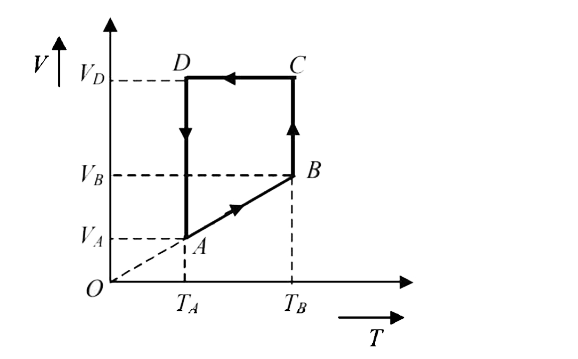
Calculate,
(a) the temperature of the gas at point B,
(b) heat absorbed or released by the gas in each process,
(c) the total work done by the gas during the complete cycle. Express your answer in terms of the gas constant R.View SolutionQuestion 129
A monoatomic ideal gas of two moles is taken through a cyclic process starting from A as shown in figure. The volume ratios are VBVA=2andVDVA=4. If the temperature TA at A is 27∘C.

Calculate,
(a) the temperature of the gas at point B,
(b) heat absorbed or released by the gas in each process,
(c) the total work done by the gas during the complete cycle. Express your answer in terms of the gas constant R.View SolutionQuestion 131
An ideal gas is taken through a cyclic thermodynamical process through four steps. The amounts of heat involved in these steps areQ1=5960J,Q2=−5585J,Q3=and−2980JQ4=3645J, respectively . The corresponding works involved are W1=2200J,W2=−825J,W3=and−1100JW4 respectively. The value of W4 is View SolutionQuestion 133
An ideal gas having initial pressure p, volume V and temperature T is allowed to expand adiabatically until its volume becomes 5.66V, while its temperature falls to T/2.
(a) How many degrees of freedom do the gas molecules have?
(b) Obtain the work done by the gas during the expansion as a function of the initial pressure p and volume V.
Given that (5.66)0.4=2View SolutionQuestion 134
An ideal gas having initial pressure P, volume V and temperature T is allowed to expands adiabatically until its volume becomes 5.66V while its temperature falls to T/2.
(i) How many degrees of freedom do the gas molecules have?
Obtain the work done by the gas during the expansion as a function of the initial pressure P and volume V.View SolutionQuestion 153
Two cylinders of equal size are filled with equal amount of ideal diatomic gas at room temperature. Both the cylinders are fitted with pistons. In cylinder A the piston is free to move, while in cylinder B the piston is fixed. When same amount of heat is added to both the cylinders, the temperature of the gas in cylinder A raises by 20 K. What will be the rise in temperature of the gas in cylinder B?View SolutionQuestion 232
What is an isothermal process? State essential conditions for such a process to take place. Show analytically that work done by one mole of an ideal gas during isothermal expansion from volume V1 to volume V2 is given by =RT logeV2V1 . What is the change in internal energy of a gas, which is compressed isothermally?View SolutionQuestion 246
A monoatomic ideal gas, initially at temperature T1, is enclosed in a cylinder fitted with a friction less piston. The gas is allowed to expand adiabatically to a temperature T2 by releasing the piston suddenly. If L1andL2 are the length of the gas column before expansion respectively, then T1T2 is given byView SolutionQuestion 254
Two cylinders A and B fitted with pistons contain equal amounts of an ideal diatomic gas at 300K. The piston of A is free to move, while that B is held fixed. The same amount of heat is given to the gas in each cylinder. If the rise in temperature of the gas in A is 30K, then the rise in temperature of the gas in B is View SolutionQuestion 255
Two identical containers A and B with frictionless pistons contain the same ideal gas at the same temperature and the same velocity V. The mass of the gas in A is mA, and that in B is mB. The gas in each cylinder is now allowed to expand isothermally to the same final volume 2V. The changes in the pressure in A and B are found to be ΔPand1.5ΔP respectively. ThenView SolutionQuestion 259
Two spherical bodies A (radius 6cm) and B (radius 18cm) are at temperature T1 and T2 respectively The maximum intensity in the emission spectrum of A is at 500nm and in that of B is at 1500nm considering them to be black bodies, what will be the ratio of the rate of total energy radiated by A to that of B . ?View SolutionQuestion 260
A thermodynamic system is taken from an initial state I with internal energy Ui=−100J to the final state f along two different paths iaf and ibf, as schematically shown in the figure. The work done by the system along the pat af, ib and bf are Waf=200J,Wib=50JandWbf=100J respectively. The heat supplied to the system along the path iaf, ib and bf are Qiaf,Qib,Qbf respectively. If the internal energy of the system in the state b is Ub=200JandQiaf=500J, The ratio QbfQib is
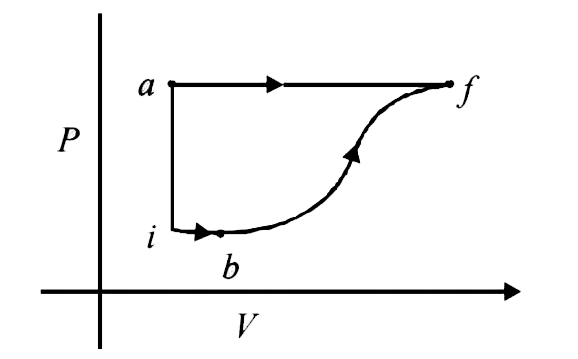 View Solution
View Solution

